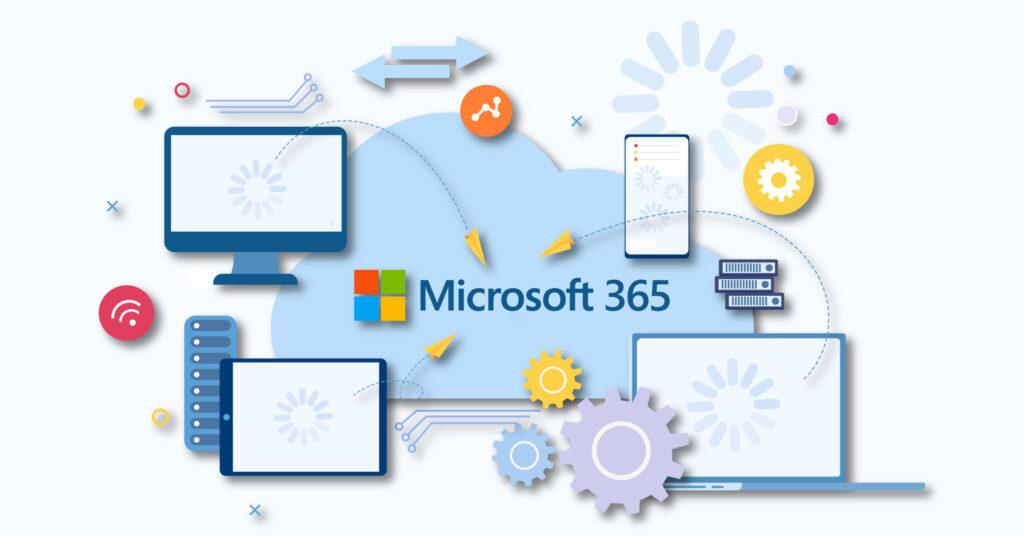
Phone Systems
Say goodbye to sharing a limited number of lines across multiple handsets. With VoIP, every handset can enjoy a dedicated line, empowering your team with seamless communication. With VoIP you can have a truly user-friendly system letting people take calls when and where they would like with flexible rules you manage.




